Old Wounds, New Tensions: China and Japan Face Another Reckoning
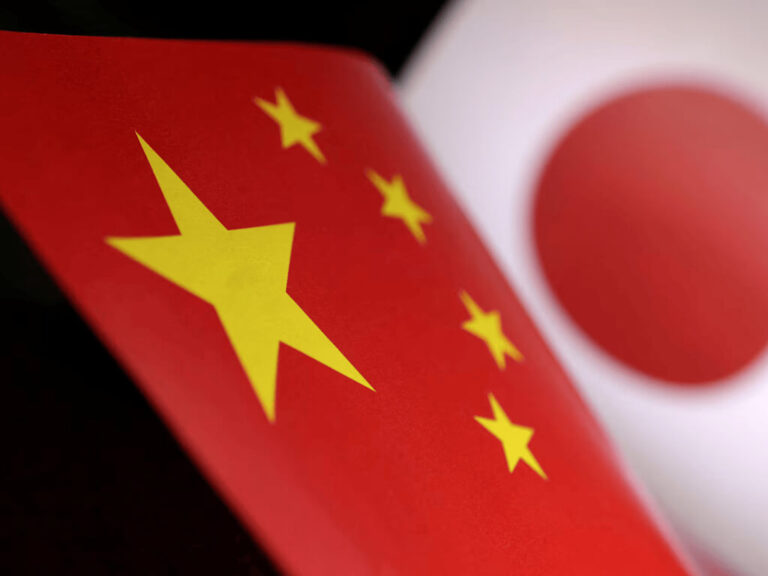
Deep rooted historical animosities between China and Japan have resurfaced, raising concerns about how far current tensions could escalate.

Deep rooted historical animosities between China and Japan have resurfaced, raising concerns about how far current tensions could escalate.
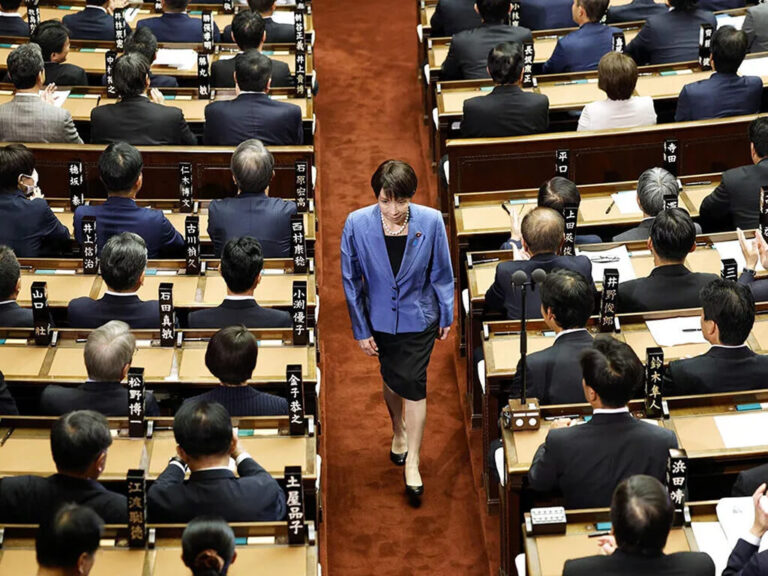
Sanae Takaichi takes office as Japan's first female prime minister promising tougher immigration rules and stronger defense while facing a divided party and public skepticism.
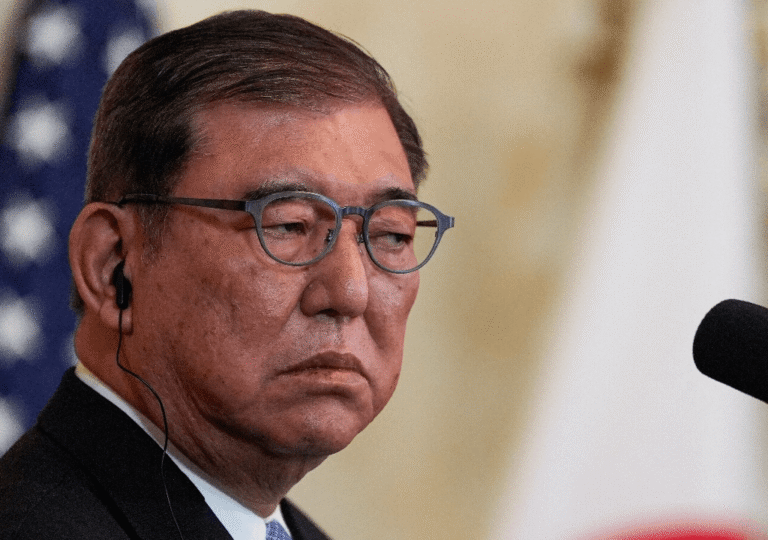
Shigeru Ishiba resigns as Japan’s prime minister less than a year into office after election setbacks. Here is what led to his resignation and the challenges facing his successor.

Discover how the US–Japan trade deal affects Japan’s economy, auto industry, and agriculture. Key takeaways on tariffs, exports, and political implications.
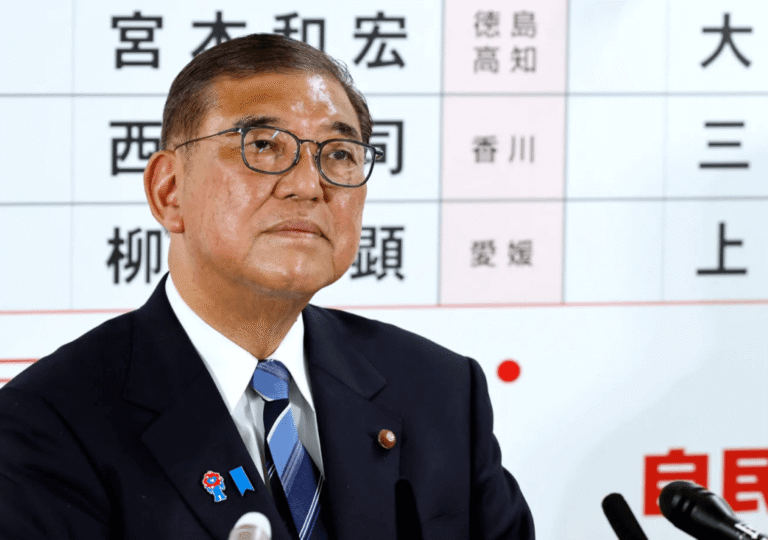
Japan’s Ishiba government has lost its majority in both houses of parliament, deepening the political crisis. Despite the blow, Prime Minister Shigeru Ishiba insists he will remain in office to face the mounting challenges.
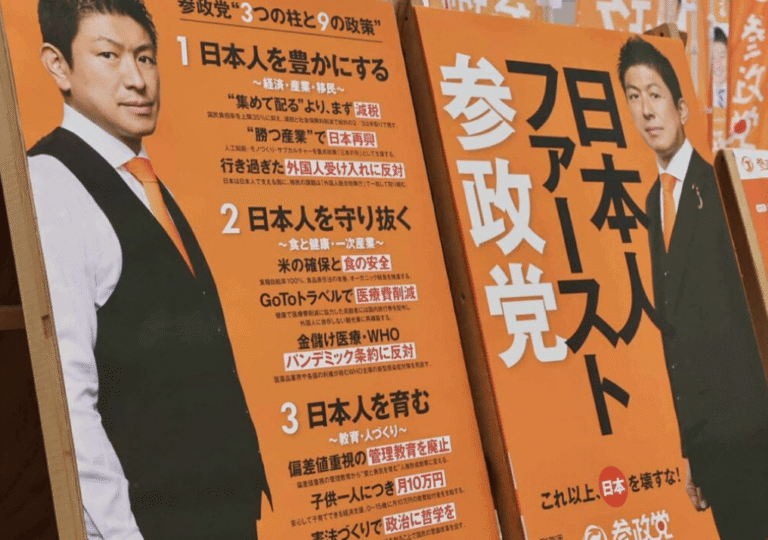
As Japan faces a political shift, immigration has emerged as a central issue. The rise of the nationalist Senseito party is fueling debates and reshaping Japan’s conservative landscape ahead of crucial elections.
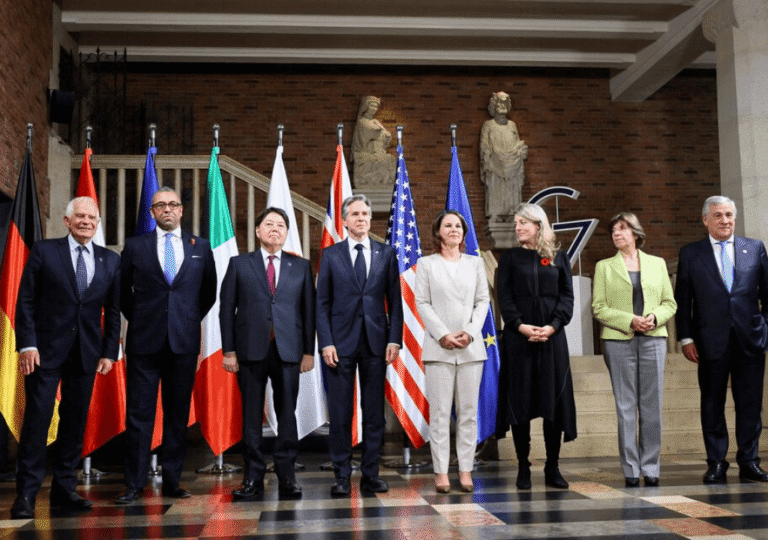
At the latest G7 finance ministers' meeting, the world’s top economies joined forces to address China’s trade practices, signaling a shift toward unity and strategic alignment.
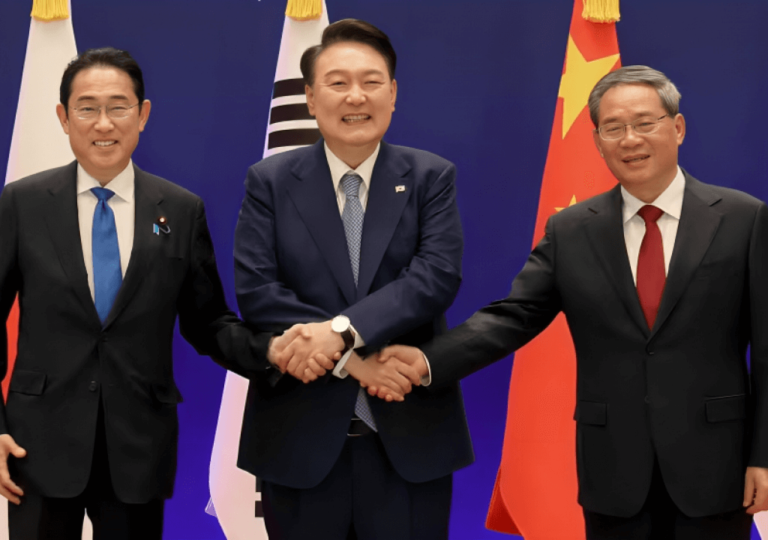
As China, Japan, and South Korea strengthen trade ties, can East Asia overcome historical rivalries to form a dominant economic bloc? Explore the potential impact on regional and global relations.
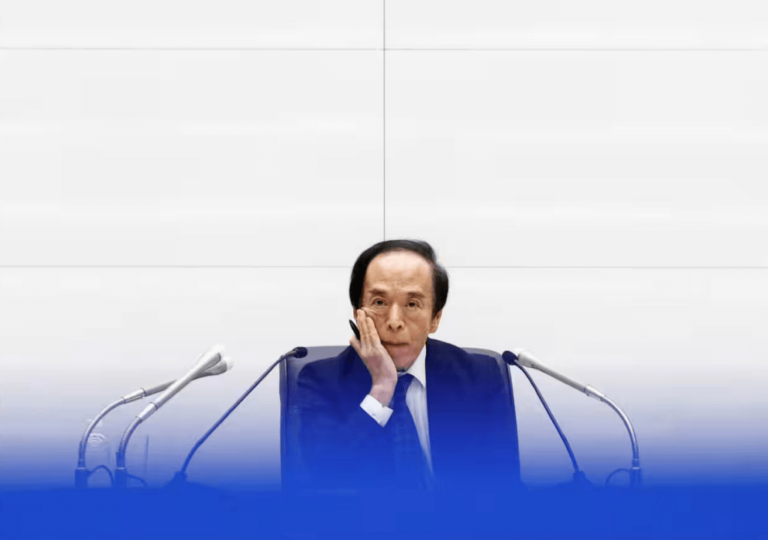
In his second term, Trump continues to clash with allies, undermining longstanding partnerships, all while the global political landscape grows ever more volatile. Against this backdrop, Japan’s Prime Minister, Shigeru Ishiba, visited Washington last week, seeking to reaffirm the U.S.-Japan…
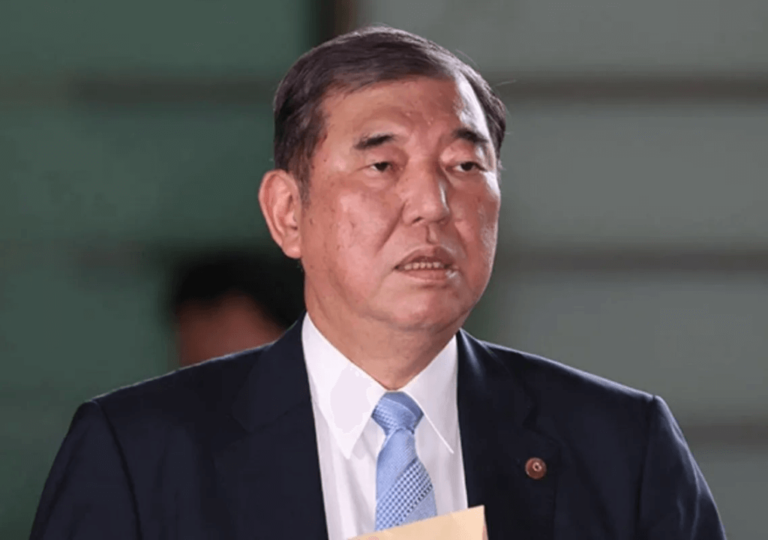
Japan's Prime Minister Shigeru Ishiba faces political instability after his party's significant election loss, losing its parliamentary majority for the first time since 2009